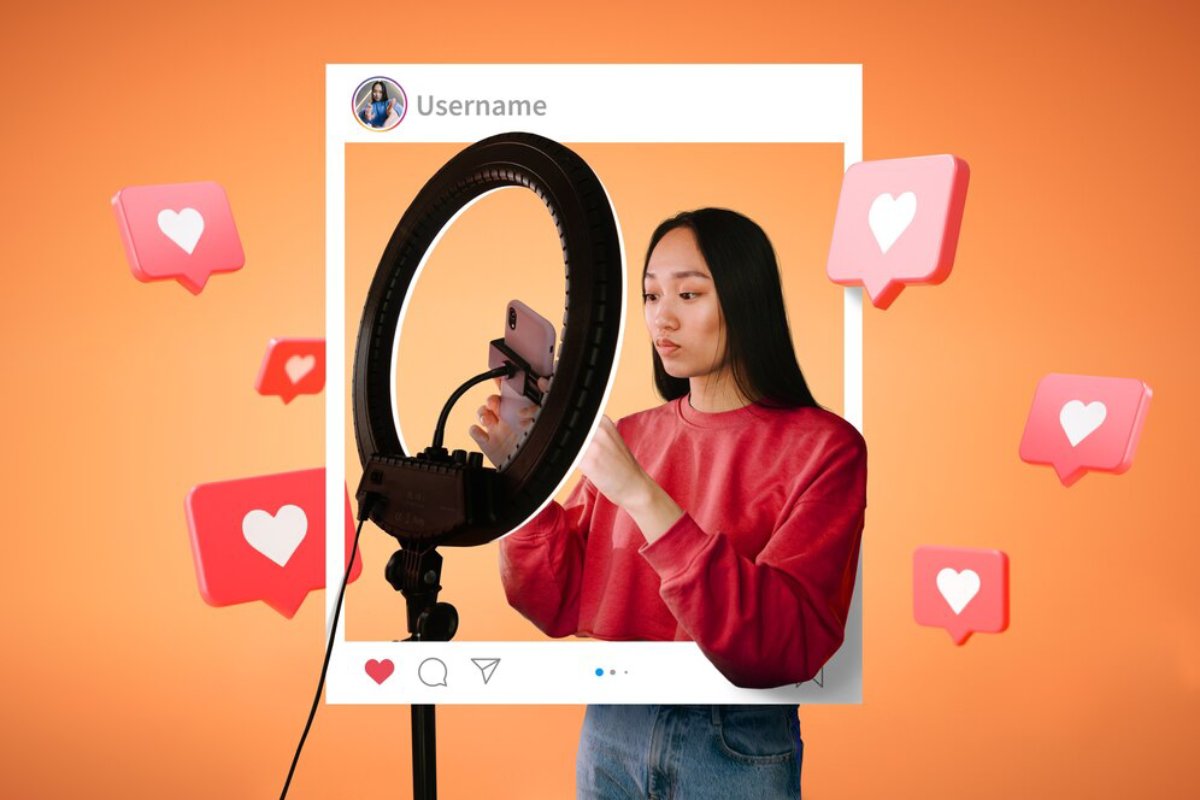
The Best Social Media Strategies for Retail Brands
Today, social media is a strong tool for retail brands. It helps them connect with customers, boost sales, and build loyalty. A good retail social media plan increases engagement, brings more people to the store, and raises brand awareness. This guide looks at top social media strategies. These tips can help retail brands boost store engagement and raise brand awareness.
1. Understanding Retail Social Media Marketing
Social media marketing for retail uses platforms like Instagram, Facebook, and TikTok. It helps promote products, engage customers, and create a smooth shopping experience. The core components include:
- Content Strategy: Posting relevant, high-quality content to attract and retain followers.
- Engagement Tactics: Encouraging interactions through likes, shares, and comments.
- Paid Advertising: Utilizing targeted ads to reach potential customers.
- Influencer Marketing: Partnering with influencers to expand brand reach.
- Social Commerce: Enabling direct shopping through social media platforms.
- Community Building: Creating a loyal online community around your brand.
- Data-Driven Decisions: Using analytics to refine social media strategies.
Retail brands can boost their online presence and engage customers by using these elements.
2. Creating a Social Media Content Strategy

A successful retail social media marketing strategy starts with a well-defined content plan. Consider these key elements:
a) Identify Your Target Audience
- Define customer demographics (age, gender, location, interests).
- Analyse audience behaviour on different social platforms.
- Use insights from tools like Facebook Audience Insights and Instagram Analytics.
- Segment your audience to tailor content for different customer groups.
b) Develop a Consistent Brand Voice
- Maintain a recognisable tone and style.
- Align messaging with brand values and mission.
- Use uniform colours, fonts, and themes across all posts.
- Develop a storytelling approach to create emotional connections.
c) Content Types That Work for Retail Brands
- Product Spotlights: Feature new arrivals and bestsellers.
- Behind-the-scenes: Show how products are made or packaged.
- User-Generated Content: Repost customer reviews and photos.
- Educational Content: Share styling tips, product guides, or industry insights.
- Live Videos & Stories: Host live Q&As, product launches, and tutorials.
- Trending Challenges & Hashtags: Participate in viral trends relevant to your industry.
- Limited-Time Offers & Exclusive Deals: Create urgency for purchases.
3. Increasing Store Engagement Through Social Media
Engaging customers is key to fostering loyalty and driving sales. Here’s how retail brands can enhance store engagement:
a) Encourage Two-Way Interaction
- Respond promptly to comments, messages, and reviews.
- Ask followers questions and encourage discussions.
- Create interactive polls, quizzes, and surveys.
- Start social media challenges that encourage user participation.
b) Host Giveaways and Contests
- Organise contests that require tagging friends, following pages, or sharing content.
- Offer exclusive in-store discounts for contest winners.
- Use branded hashtags to track participation.
- Encourage video testimonials from contest participants.
c) Leverage Social Proof
- Showcase testimonials and customer experiences.
- Feature influencer partnerships and endorsements.
- Highlight user-generated content in stories and posts.
- Share “before and after” transformations of product use.
d) Drive Traffic to Physical Stores
- Use geotags and location-based posts to attract nearby shoppers.
- Promote in-store events and pop-up experiences.
- Offer social media-exclusive discounts redeemable in-store.
- Utilise QR codes that lead to store-specific landing pages.
4. Brand Awareness for Retail: Expanding Your Reach

Retail brands must focus on growing their social presence to improve brand awareness. Here’s how:
a) Use Paid Social Advertising
- Run targeted ads on Facebook, Instagram, and TikTok.
- Retarget website visitors with dynamic product ads.
- A/B tests different ad creatives and messaging.
- Implement Lookalike Audiences to reach new potential customers.
b) Collaborate with Influencers
- Partner with micro-influencers for authentic brand advocacy.
- Engage with local influencers to boost regional brand presence.
- Use influencer-generated content across marketing channels.
- Host influencer takeovers on your brand’s social media accounts.
c) Optimize Content for Discoverability
- Use relevant hashtags to increase visibility.
- Post at optimal times based on audience activity.
- Cross-promote content across multiple platforms.
- Leverage SEO-optimized captions and keywords in descriptions.
d) Leverage Social Media Trends
- Participate in trending challenges and viral campaigns.
- Share relatable memes and pop-culture references.
- Adapt to platform algorithm changes to maintain reach.
- Create trend-based collaborations with complementary brands.
5. Social Commerce: Turning Engagement into Sales
Social commerce allows customers to shop directly within social media platforms. Retail brands can optimise social commerce by:
- Setting up Facebook and Instagram Shops.
- Using Pinterest Product Pins to drive sales.
- Enabling shoppable posts and stories.
- Adding buy buttons to TikTok and Snapchat ads.
- Creating seamless checkout experiences with integrated payment options.
- Offering live shopping experiences where users can purchase in real time.
- Using AI-powered chatbots for instant product recommendations.
6. Measuring Social Media Success

Tracking social media performance ensures brands optimise their strategies effectively. Use these key metrics:
- Engagement Rate: Likes, shares, comments, and saves.
- Reach & Impressions: Number of users who see your content.
- Follower Growth: Increase in social media audience.
- Click-Through Rate (CTR): Users clicking on your links.
- Conversion Rate: Percentage of users completing purchases.
- Customer Sentiment Analysis: Monitoring brand mentions and feedback.
- ROI on Paid Campaigns: Evaluating ad spend versus sales generated.
Retail brands can use tools like Google Analytics, Facebook Business Suite, Sprout Social, and Hootsuite. These tools help them analyze performance. Then, they can adjust their strategies based on the insights gained.
Conclusion
A good retail social media marketing strategy uses engaging content, influencer partnerships, interactive tactics, and data-based choices. Focusing on boosting store engagement and brand awareness helps retail businesses grow online. This approach attracts new customers and drives sales.
Retailers must stay flexible with social media trends. They should test new strategies often and refine their methods. This will help them make a bigger impact in the tough digital market. Social media keeps changing. Those who innovate and engage often gain loyal customers and higher revenue.


